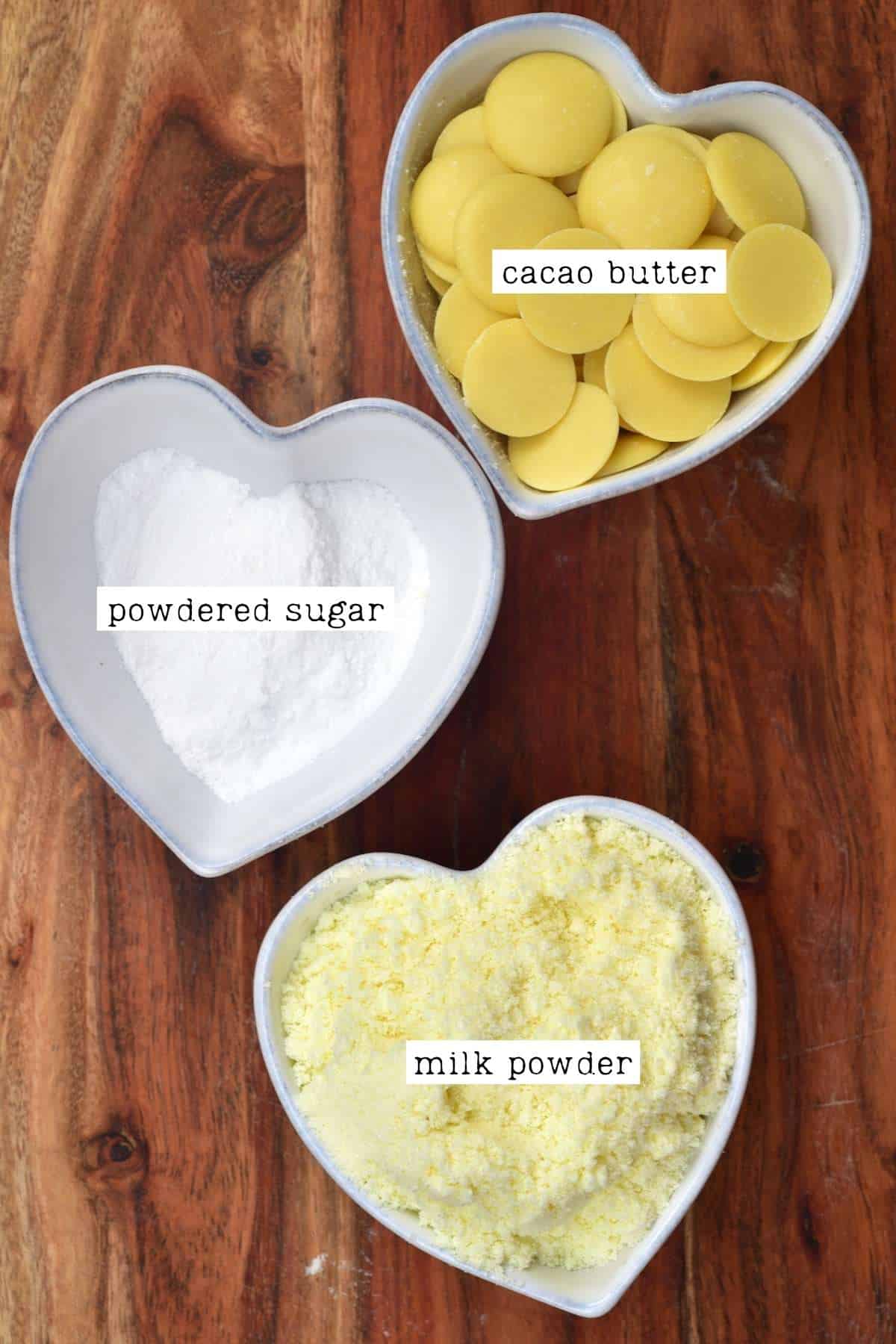
Practical Ways to Calculate Cubic Yards in 2025
Understanding the Importance of Cubic Yards
Cubic yards are crucial for various projects, from landscaping to construction. Knowing how to calculate cubic yards ensures you purchase the right amount of materials, whether soil, gravel, or concrete. Accurate cubic yard calculations help in efficient project planning, avoiding waste and saving costs.
In this guide, we will explore how to calculate cubic yards, the essential cubic yard formula, and various applications in landscaping and construction projects. You’ll learn essential tips for approaching cubic yard calculations effectively and the importance of these measurements in managing material needs.
With this knowledge, you will be equipped to tackle tasks such as calculating cubic yards for landscaping or determining quantities for concrete slabs.
By the end of this article, you will have all the tools needed to enhance your understanding of cubic yard measurements.
Key Methods of Calculating Cubic Yards
Basic Cubic Yards Calculation Formula
The fundamental formula to find cubic yards is simple: length × width × height ÷ 27. This formula makes it easy to convert cubic feet into cubic yards, ensuring accurate volume measurements. It's important to remember that the division by 27 is necessary since there are 27 cubic feet in a cubic yard.
This straightforward calculation forms the basis of many cubic yard activities, from digging soil for gardening to preparing bases for retaining walls.
Determining Cubic Yards for Specific Materials
Different projects require specific cubic yard calculations. For example, when working with cubic yards of concrete, knowing the total volume needed helps ensure you order the right amount. Similarly, if estimating cubic yards for mulch, precise measurements can guide your purchasing decisions.
To determine cubic yards for soil delivery, consider the area that needs to be filled. Measure the depth and multiply it by the area, followed by dividing the result by 27 to convert to cubic yards.
DIY Cubic Yard Measuring Techniques
Measuring cubic yards doesn’t always require advanced tools. Using basic measurements with a tape measure and straightforward arithmetic is effective for most projects. As a homeowner, understanding DIY cubic yard measuring can save time and resources.
Tools like volume measuring apps can also assist in calculating cubic yards quickly. Learning these practical techniques enhances your ability to manage material quantities for various home projects efficiently.
Cubic Yard Conversion Techniques
Understanding Cubic Yards to Other Units
One of the key aspects of working with cubic yards is knowing how to convert to other units. For instance, converting cubic yards to liters can be necessary for international projects or when dealing with specific metrics. Utilizing conversion calculators or memorizing equivalent values can speed up your process.
Understanding conversions enhances your ability to estimate material needs accurately, framing your comprehension of the cubic yard calculation process effectively.
Using a Cubic Yards Calculator
A cubic yards calculator can simplify your calculations tremendously. These tools allow you to input measurements easily, obtaining results without extensive manual calculations. This can be particularly useful for quick projects, where time is essential.
When using a calculator, always double-check your values to ensure the results meet your expectations for specific project requirements. This practice will improve efficiency when estimating cubic yards for construction or landscaping tasks.
Cubic Yard Applications in Construction
Cubic Yards for Excavation Projects
In construction, knowing how to measure cubic yards can determine excavation needs. For example, when digging a foundation, knowing the cubic yard volume required helps ensure you do not under or over-excavate.
Whether it's for a sidewalk or a full house foundation, accurate cubic yard calculations are vital to maintaining project timelines and budgeting effectively.
Estimating Material Needs in Cubic Yards
Each construction project will have different material requirements. Understanding how to calculate total cubic yards for various materials, such as soil, concrete, or gravel, ensures you won't run into shortages.
For instance, knowing the cubic yards required for a concrete slab not only aids in avoiding excess but also enhances structural integrity and durability by ensuring the correct amount of material is used.
Common Questions About Cubic Yards
FAQs on Cubic Yards
Many people have questions when approaching cubic yard calculations. Here are some common inquiries:
- What is a cubic yard, and why is it important?
- How do I convert cubic yards to cubic feet?
- Which projects require cubic yard calculations?
Having a solid grasp on these components can improve your efficiency in managing projects, from simple gardening tasks to complex building constructions.
Expert Tips on Cubic Yards
As you navigate cubic yard calculations, consider these tips:
- Always measure your areas precisely.
- Utilize the cubic yard formula consistently for accuracy.
- Practice conversion techniques to enhance understanding of volume.
These practical recommendations will streamline your workflow, allowing for seamless integration into your project planning.